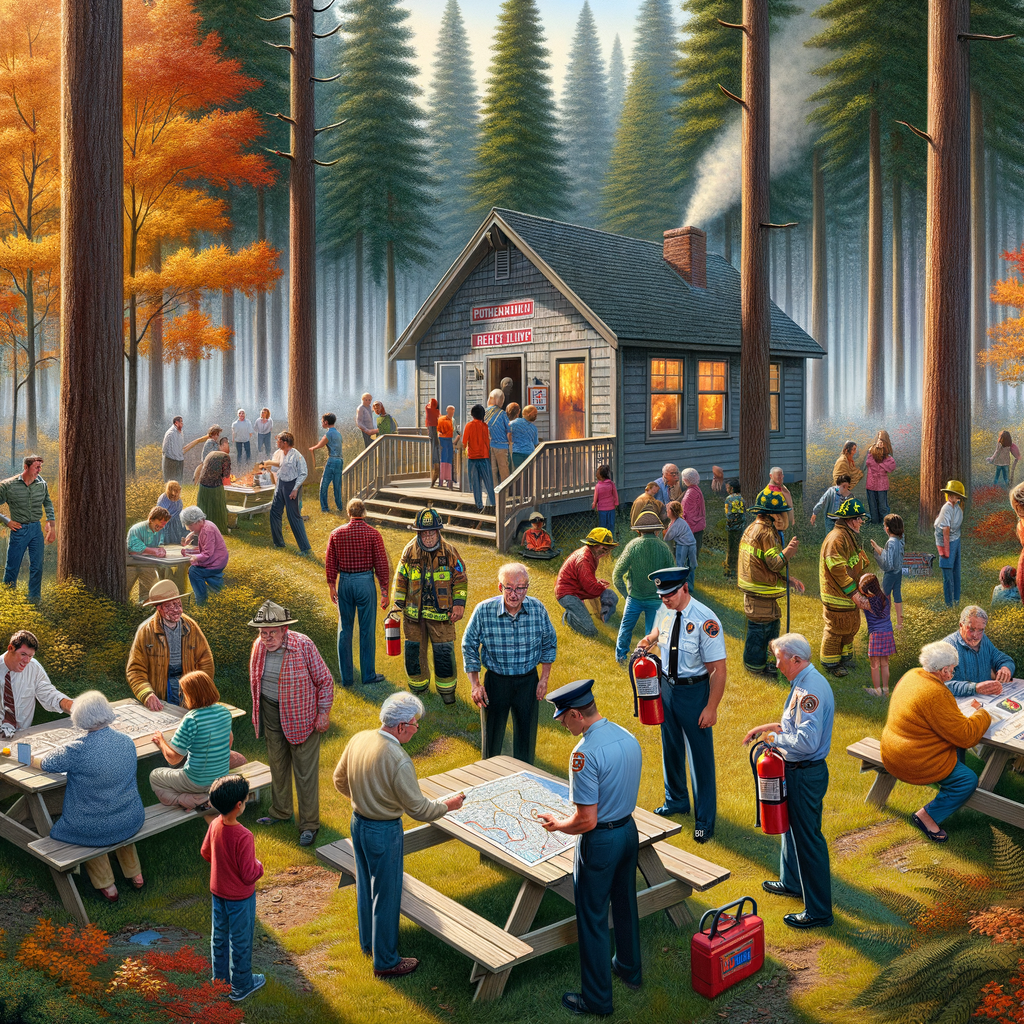Community-Led Fire Drills Insights for November
If there is one thing that truly strengthens a community, it’s coming together to prepare for emergencies. In recent times, community-led fire drills have emerged as a vital way for neighborhoods to boost safety, awareness, and resilience. These drills are more than just routine exercises—they are powerful tools that empower people to stay safe and know what to do when every second counts.
In this article, I want to share why community-led fire drills matter now more than ever, how they inspire education and engagement, and practical ideas to help your community take the lead.
What Are Community-Led Fire Drills and Why They Matter
Let’s start simple. Community-led fire drills are coordinated practices organized by residents, local groups, or neighborhood associations to prepare everyone for fire emergencies. Unlike standard drills led solely by officials, these rely on participation from all community members.
Why should you care? Because these drills build more than just preparedness; they create connections. People learn not only about safety procedures but also about each other—their neighbors, needs, and strengths. This shared experience boosts confidence and trust.
Think about it: when you now join a fire drill in your building or block, you are not just practicing escape routes but contributing to a culture of safety and care. That feeling of readiness lowers fear and sharpens response.
Education Through Experience: Learning by Doing
Education in community fire drills goes beyond theoretical knowledge. It is hands-on learning that makes a lasting impact. Everyone who takes part discovers practical tips—how to check smoke alarms, use fire extinguishers, or assist elderly neighbors.
In my experience, these drills bring to light questions and concerns people might have never voiced. What if someone has mobility issues? How do kids react under stress? This real-world learning helps tailor strategies so no one is left behind.
Furthermore, fire drills offer a unique chance to familiarize people with fire department protocols and emergency communication channels. This knowledge becomes an invaluable resource during actual emergencies, making response smoother across the community.
Community Engagement and Fire Drills: A Powerful Pair
Community-led fire drills showcase the perfect blend of engagement and education. When neighbors take ownership, they move from passive listeners to active participants. Organizing or volunteering for such drills ignites a sense of responsibility and pride.
I recall a neighborhood where residents shaped their fire drill schedules, picked locations, and created multilingual flyers. These efforts drew participation from elders, young families, and local businesses alike. The drill became a celebration of collective care, not just a task.
Community involvement also ensures inclusivity. It helps spot gaps in outreach and accessibility so everyone learns and benefits equally. This shared ownership is vital to creating safe, resilient environments.
Real-World Success: Stories That Inspire
Let me tell you about a community that faced frequent wildfire threats. Residents decided to organize their own fire drills with the help of the local fire department. They mapped evacuation routes, practiced simulated escapes, and shared tips on fireproofing homes.
As a result, when a fire broke out months later, the community was prepared. Evacuations went smoothly, no injuries occurred, and emergency services were able to coordinate effectively with informed residents. Their preparedness saved lives and protected property.
Stories like this remind me why proactive, community-led fire drills are game changers. They turn potential chaos into coordinated action.
How You Can Spark Community-Led Fire Drills
You might be wondering how to get started. Here are some practical steps to launch or improve fire drills in your community:
1. Start With a Conversation
Gather neighbors for a casual meeting or online chat. Discuss local fire risks and hear what concerns people have. Open dialogue builds commitment.
2. Partner With Professionals
Reach out to your local fire department or emergency services. Their expertise adds credibility and guidance while strengthening community relationships.
3. Plan Inclusively
Design drills that consider all ages and abilities. Translate materials if needed and create accessible routes and procedures.
4. Communicate Clearly
Use flyers, social media, and door-to-door outreach. Clear, consistent messaging helps everyone know when and how to participate.
5. Celebrate and Debrief
After each drill, talk about what went well and what to improve. Recognize volunteers and participants—it builds enthusiasm and momentum.
The Future: Safer Communities Start With Us
At the end of the day, community-led fire drills are more than practice. They are investments in safety and social bonds. They prove that when people come together to learn, prepare, and act, lives and neighborhoods are transformed.
Regardless of where you live or who you are, you have a role to play in fostering preparedness. Take the initiative to spark these conversations and activities. Your leadership could make the difference between panic and calm during a fire emergency.
Final Reflections
Safety is a shared journey, not an individual task. Community-led fire drills provide a way to walk that journey as neighbors, sharing knowledge, supporting one another, and strengthening trust.
If there is one message I want to leave, it is this: readiness is power. And that power grows exponentially when it is community-led. Together, we create smarter and safer places—one drill, one lesson, one neighbor at a time.
Thanks for reading. If you have stories, tips, or questions about community fire drills, please share them below. Let’s keep this important conversation alive and growing.
Stay safe and engaged.



